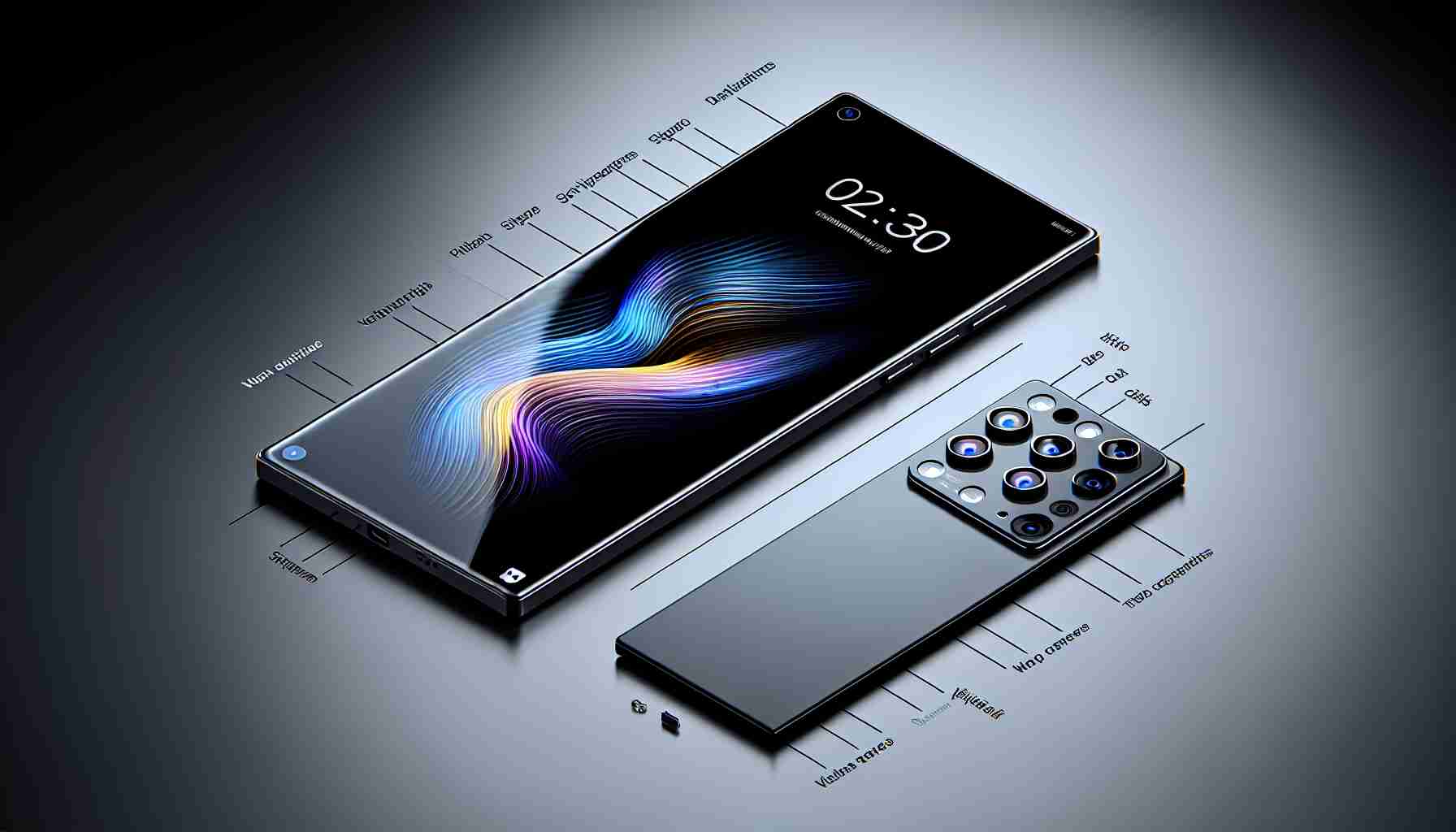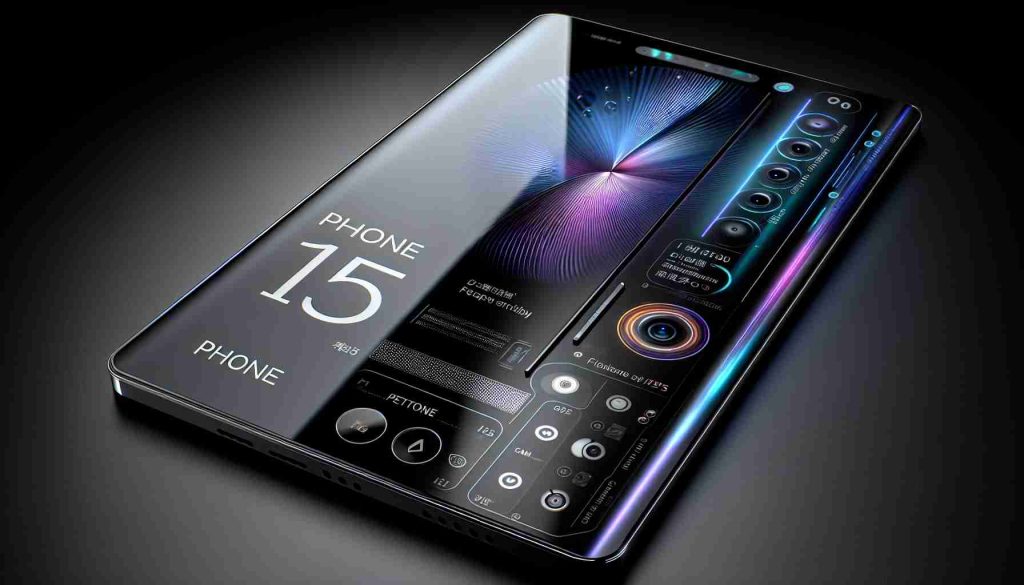In an exciting revelation, Samsung has introduced the new Galaxy A16, offering a budget-friendly smartphone option in the UK. This launch marks the debut of the A1x series, notably featuring support for six generations of upgraded Android operating systems.
What You Need to Know
The Galaxy A16 comes in two versions: 5G and LTE. The 5G model is already available for purchase at a price of £199. Meanwhile, the LTE variant is set to hit the shelves on November 20th at £169. Early buyers will be delighted with a special bonus: those purchasing either model before December 22nd will receive a complimentary Galaxy SmartTag 2, a device that typically retails for £34, designed to help locate your valuables.
Key Specifications
The Galaxy A16 is equipped with a 6.7-inch Super AMOLED display boasting a 90 Hz refresh rate, delivering vibrant and smooth visual experiences. Its camera setup includes a powerful 50 MP main sensor, a 5 MP ultra-wide lens, and a 2 MP sensor for macro shots. The front camera is no slouch either, offering a 13 MP sensor for high-quality selfies. Additional features include a side-mounted fingerprint scanner and IP54-rated protection, ensuring durability against dust and splashes. The phone is powered by a robust 5000 mAh battery with 25W fast charging support.
Customers can also enjoy the opportunity to test out the Galaxy Ring sizing kit and benefit from a 20% discount on the smart ring with a bundled order.
Discover the Hidden Potential of the Smartphone Revolution: Beyond the Galaxy A16
As the tech landscape evolves, smartphones like the newly launched Galaxy A16 by Samsung are breaking barriers with their affordability and impressive features. But let’s take a step beyond the specifics of this device and explore the broader implications of such innovations on society, technology, and everyday life.
Beyond Specs: How Affordable Smartphones Empower Global Communities
The introduction of budget-friendly smartphones such as the Galaxy A16 is more than just about technological specs or market competition. It’s about accessibility. As these devices become increasingly affordable and feature-rich, they empower a wider demographic across various socio-economic backgrounds.
Economic Impact: Affordable smartphones open up opportunities for small business owners and freelancers in developing regions. With tools for communication, social media marketing, and financial transactions right at their fingertips, entrepreneurs can connect with a broader audience without the overhead cost of traditional marketing.
Educational Transformation: In regions where access to education is limited, smartphones become portable learning tools. Apps and online resources available through mobile technology provide continuous learning opportunities, enhancing skills that can lead to better job prospects and improved local economies.
Healthcare Accessibility: Healthcare applications on smartphones allow for remote consultations, health monitoring, and access to medical information. This can be life-altering in rural or underdeveloped areas where healthcare services are scarce.
Controversies and Challenges
However, the widespread adoption of smartphones is not without its controversies and challenges.
Digital Divide: While devices are becoming cheaper, a substantial digital gap still exists, with accessibility often linked to literacies, infrastructure, and economic stability. How do we bridge this gap effectively?
Data Privacy Concerns: With more people connected, the risk of data breaches and privacy issues grows. Affordable devices often come with fewer security enhancements than their premium counterparts, raising questions about user protection and data handling.
Environmental Impact: The surge in smartphone production and consumption raises environmental concerns. Electronic waste is a significant challenge, and the responsibility of managing this lies not only with manufacturers but also with consumers and governments.
Questions to Consider and Address
As we journey through the smartphone era, several pivotal questions arise:
– How can manufacturers ensure security without compromising affordability? Possible solutions include partnerships with cybersecurity firms and educating users about digital safety practices.
– What sustainable practices can be adopted to mitigate the environmental impact of electronic waste? Companies are investigating recycling programs, biodegradable materials, and innovative designs to extend device lifespans.
– How can we expand access and education around technology to diminish the digital divide? Community-driven initiatives, government programs, and international partnerships can play significant roles in widening access to technology and improving digital literacy.
Cool Facts for the Tech-Savvy Reader
While discussing broader impacts, here are some intriguing facts about the potential future of smartphones and their roles:
– The integration of AI in smartphones is expected to revolutionize personal assistance, similar to having a mini-executive assistant in your pocket.
– Emerging tech like blockchain may soon enhance secure transactions directly on mobile platforms, cutting out intermediaries and lowering costs.
– Future smartphones might even replace IDs and passports, acting as secure biometric-based identity documents.
In conclusion, the rollout of devices like Samsung’s Galaxy A16 is a step towards making advanced technology accessible to all. However, as we unlock these possibilities, ongoing discussions about privacy, sustainability, and global connectivity are essential to shape a balanced and equitable digital future.
For those interested in diving deeper into these topics, visit Samsung or other reputable tech resources.



















